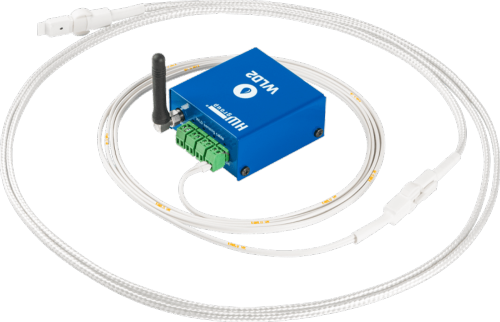

- Intermapper trap receiver how to#
- Intermapper trap receiver install#
- Intermapper trap receiver full#
- Intermapper trap receiver password#
Intermapper trap receiver full#
It is up to you to add this directory to your PATH or to specify the full path in the command line.
Intermapper trap receiver how to#
A quick look at the /opt/rsct/install/bin file will show you how to do the cfgrmcsnmp command. You must use this command to configure SNMP traps in the node. The command cfgrmcsnmp can be used to listen for traps. Configuring Your Node To Receive Snmp Traps

The network sniffing tool can be used to determine whether traps are being sent to your system. If no traps are received by snmputil, catrapd will display no traps. What are some ways to set up SNMP traps using Windows? A SNMP trap is triggered by an agent’s SNMP trap and sends an alert message to the SNMP manager. LinkUpNotifications can be added to the snmpd to allow for link up and link down trap notifications. The Trap Viewer application allows you to view snmp traps in Log Analyzer. If you have a network, you can use it to determine if you are receiving any sniffer traps. In this article, we will show you how to check the Snmp Trap on Linux. To test, use the following command: sudo service snmpd start If the service starts successfully, it means that SNMP is up and running on your system and that traps are working. How Do I Know If Snmp Trap Is Working Linux?Ĭredit: Assuming you have already configured SNMP in your Linux system, you can use the snmpd service to test whether SNMP traps are working. When using all IPv4 interfaces, snmptrapd can detect and accept SNMP TRAP and INFORM packets on UDP port 162. Where Does Snmptrapd Log To?Īddresses are given in listening. You must file a conf file with the trap configuration. By adding linkUpDownNotifications to the snmpd, linkUpDownNotifications can be enabled for trap notification. Set the trap’s configuration and the conf file to that. The /etc/snmp/snmpd file must be changed. To retrieve operational statistics and network status remotely, users can use the Internet to run SnMP. To capture the trap, a snmptd probe must be installed on the target IP that is linked to the network via SNMP. Traps use an acronym to describe the SNMP (Simple Multicast Profile) protocol. It is not certain that catrapd will display traps if no traps are received from stdmputil. Launch the configure function to enable the ports required.
Intermapper trap receiver password#
In the SNMP Configuration section of your Mac, you’ll find a password for configuring your Mac. Once the trap receiver is configured, you can enable SNMP traps on the device. The trap receiver is the network management system that will receive the trap messages. To enable SNMP traps, you must first configure the SNMP trap receiver. Trap messages include information about the event, as well as the device’s IP address. On Debian and Ubuntu, you can restart snmptrapd with the following command: sudo systemctl restart snmptrapd On CentOS and RHEL, you can How Do I Enable Snmptrapd?Ĭredit: SNMP traps are messages that are sent from an SNMP-enabled device to a network management system to notify the system administrator of an event. Restarting snmptrapd After you have edited the configuration file, you will need to restart snmptrapd for the changes to take effect. By default, snmptrapd will log to the system log (/var/log/messages on Debian and Ubuntu, /var/log/messages on CentOS and RHEL). logtrap yes This option enables logging of SNMP traps. This script is used to process SNMP traps. traphandle default /usr/sbin/snmptrapd This option tells snmptrapd where to find the default trap handler script.

This is necessary if you are using SNMPv1 or SNMPv2c. However, there are a few options that you will need to change: disableAuthorization yes This option disables SNMPv3 authentication and encryption. The configuration file is well-commented, so you can easily understand the options. On CentOS and RHEL, the configuration file is located at /etc/snmp/nf. On Debian and Ubuntu, the configuration file is located at /etc/nf.
Intermapper trap receiver install#
Installing snmptrapd On Debian and Ubuntu, you can install snmptrapd with the apt package manager: sudo apt install snmptrapd On CentOS and RHEL, you can install snmptrapd with the yum package manager: sudo yum install net-snmp-utils Configuring snmptrapd Once snmptrapd is installed, you will need to edit its configuration file. The SNMP Trap Daemon is used to receive and log SNMP traps from these devices. SNMP is a network management protocol that is used to monitor network-attached devices for performance, security, and other information. This guide will show you how to install and configure snmptrapd on various Linux distributions. However, the SNMP Trap Daemon (snmptrapd) is not always installed. Most Linux distributions include SNMP by default.


 0 kommentar(er)
0 kommentar(er)
